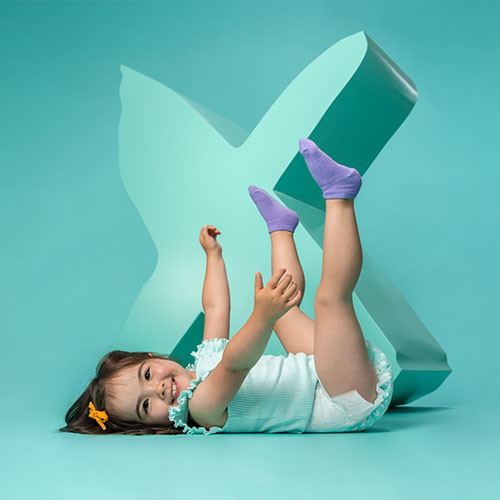Jelena Stosic, strategy director at Kids Industries, on why we need to create in line with social emotional learning principles, as well as to optimise for joy, for laughter and for kindness.
When it comes to preschoolers, I think a lot of you will agree: they are one of the most specific audience groups, requiring intricate design and user experience thinking, but also they are the group where creativity is extremely ‘developmentally bound’. By which I mean, we can only do what matches their abilities, and a lot of that hasn’t changed for a very long time: the pace and cadence at which young children can absorb information, the dexterity considerations. Every few years we need to adapt this to a new context (e.g. a new type of device), but the principles remain the same: take it slow, repeat, don’t overwhelm etc.
Personally, and more recently, I’ve been particularly interested in the perhaps ‘softer’ side of engaging preschoolers, a trend and a need that has always been there, but that arguably has hugely risen following the pandemic. It’s the need to create in line with social emotional learning principles, as well as to optimise for joy, for laughter and for kindness.
Why is this important? Well, the time spent in relative isolation has made a huge impact. This is true for us all, but at least if you’re older you hopefully had an opportunity to have memories of what it was like ‘before’, to learn how to connect to people beyond your household. Whereas for a lot of preschoolers, they missed some formative experiences, both educationally and more importantly when it comes to emotional and social intelligence and behaviours.
Learning is intensively social and related to the need to connect to others when you are as young as two or four. As it is, only 5% of children who usually attend early education were attending in May 2020 and it is this lack of connection that is causing all kinds of issues – from the 43% of children who were reportedly not school ready when entering reception to over a half of parents who feel that their young ones’ social and emotional development has been impacted by the pandemic.
It is a challenge that everyone creating in the preschool space, as well as the broader community, needs to support and help resolve. So what can we all do? Positive interventions can look like modelling good behaviour, and using the product and the content to support parents in teaching positive routines.
Full disclosure, I’ve recently become a huge fan of Børste – the hero character of Minisjang, a Danish channel for early preschool. This little hedgehog is wonderfully drawn to show real child-like behaviours. You can see him and his friend here and how they’re learning how to share and be kind, but you can also have a look at their app for some really nice interaction design (e.g. when it’s time to put the app down, Børste will start getting tired and looking sleepy, so that the child can have a positive motivation to let it go, and let the character rest up).
It can also be about giving parents access to great materials. Noggin has entered the scene relatively recently, but in my opinion presents one of the best curated, and value-adding social media offerings for parents of preschoolers – I’d encourage you to take a look at their Instagram page.
Finally, it can be about proactively designing interventions and learning moments – especially in places where we aren’t used to seeing them. For example, Star Stable Entertainment worked with Peppy Agency to test a kinder approach to gaming moderation, whereby – if someone was unkind in their comments, rather than just an automatic deletion, they would be encouraged to reflect about their behaviour, given suggestions on how to be a more positive player. This is an approach for an older audience than preschool, but it shows a way of thinking about designing online and offline spaces in line with the social emotional learning goals that we all share.
The reality is that creating a more positive and kinder world is on us – and supportive content can be built across any type of media. As far as principles, or guidelines go, we could (and should) all commit to do better when it comes to designing with emotions and empathy, creative positive role models, encouraging off-screen time (and yes, that means they will get off your app or YouTube channel) and ultimately, make sure our young ones fully experience real world play and laughter.






















